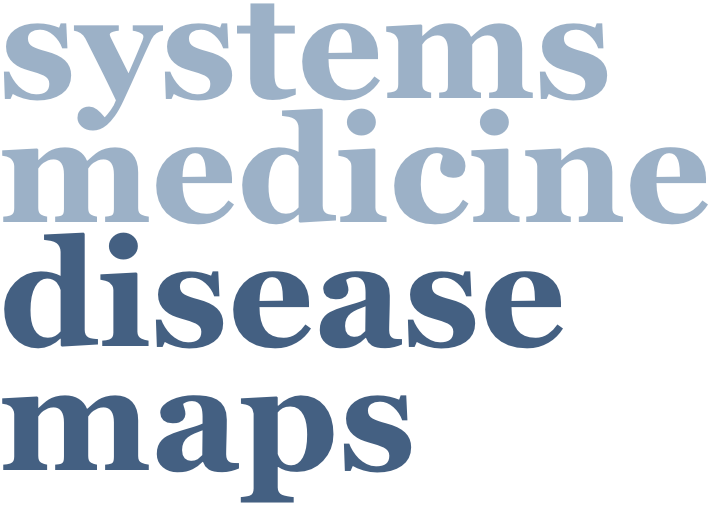
[back to the DMCM’25 Programme]
Title:
How to manage the complexity of multi-faceted anatomical connectivity maps?
Authors:
David Nickerson, David Brooks, Yuda Munarko, Alan Wu, and Peter Hunter
Abstract:
The map viewers of the SPARC Portal (https://sparc.science) provide interactive, modular, and continually updated visualizations of nerve-organ anatomy and function. SPARC data and knowledge are registered onto two-dimensional flatmaps, and three-dimensional anatomical organ and whole-body scaffolds. Flatmaps are zoomable maps built from a range of sources and portray anatomy and nerve knowledge of a given species. Scaffold maps are three-dimensional geometric models able to represent the spatial distribution of connectivity knowledge, observed data, and computational models. These maps, and their annotations, are published as SPARC datasets and they are available for public viewing using the map viewers on the SPARC Portal (https://sparc.science/apps/maps). Here we will present the current state of the interactive map interfaces enabling users of the SPARC Portal to explore SPARC data and knowledge. We will discuss how the adoption (and enforcement) of common standards and semantics across SPARC enables these interfaces.
As the amount and scope of the data and knowledge published to the SPARC Portal continues to grow, we are finding that the anatomical connectivity maps are becoming unwieldly. The user interfaces become difficult to explore and managing the technical map making processes is complex and error prone. Applying standard software development processes (e.g., continuous integration, automating processes using Github actions) combined with robust versioning and provenance management across all aspects of the maps has helped to mitigate some of these complexities. Providing a responsive and intuitive user experience when using the maps for discovery remains an ongoing challenge. We will discuss approaches we have taken in attempting to address these challenges and solicit feedback, advice, and suggestions for other approaches.
This work is supported by the NIH SPARC program under award number OT3OD025347.